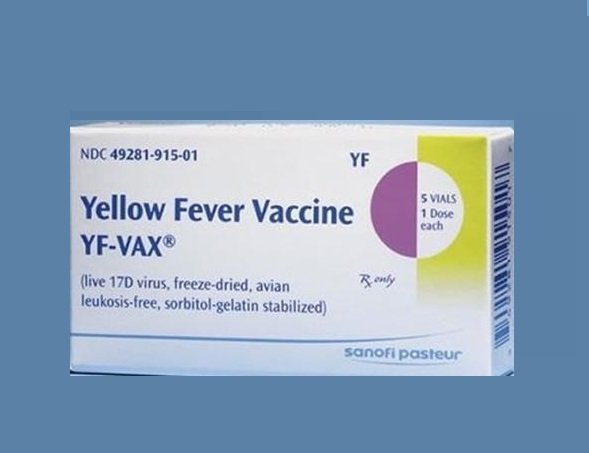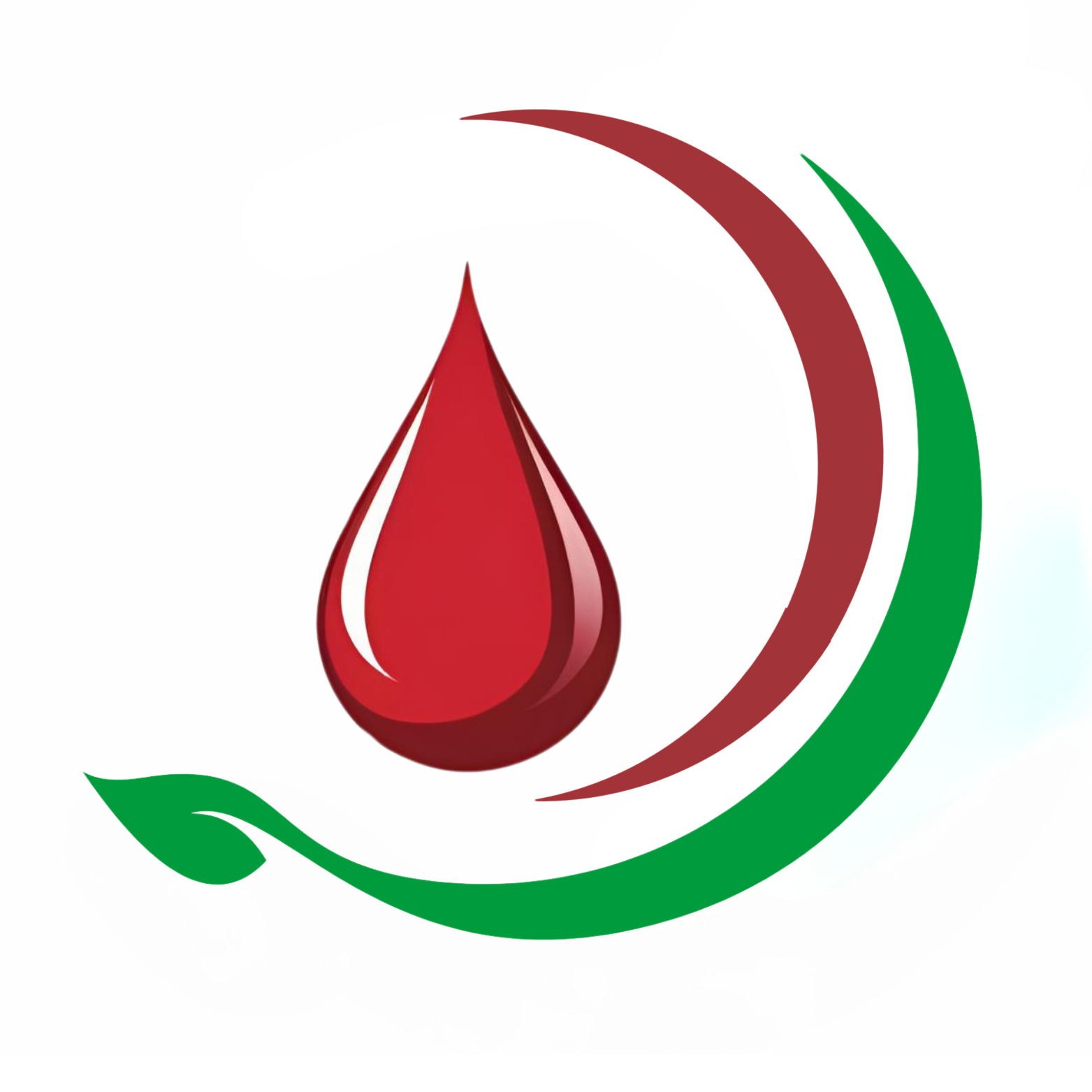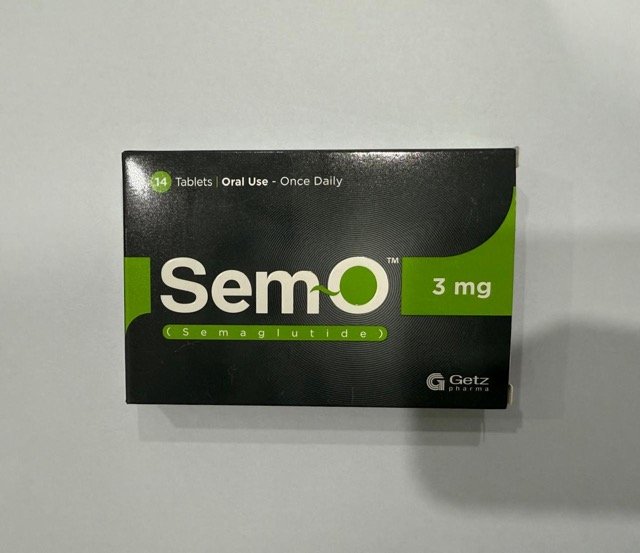Yellow fever vaccine is used in active immunization against yellow fever virus, mainly among the following group of individuals:
-
persons traveling to or living in areas where yellow fever infection exists
-
laboratory workers who could be exposed to the virus
-
some international travelers
- The Advisory Committee on Immunization Practices (ACIP) advises vaccination for:
- Persons living in areas or traveling to areas which are at risk for yellow fever transmission
- Persons traveling to countries which need vaccination for international travel
- Laboratory personnel who might be exposed to the yellow fever virus or concentrated preparations of the vaccine
- Although the vaccine is approved for use in children older than 9 months, the CDC recommends use in children as young as 6 months under unusual conditions (eg, travel to an area where exposure is unavoidable)
- The WHO recommends vaccination against yellow fever where the disease is endemic.
Yellow fever vaccine Dose in Adults
Dosage in the prevention of Yellow fever:
- Primary immunization:
- One dose (0.5 mL) is given subcutaneously ≥10 days before travel
- Booster:
- Booster doses are generally not required.
- A single dose of the vaccine is enough for most travelers.
- However, a booster dose(s) is advised for certain patient populations with conditions at the time of their first dose that may limit immune response (eg, pregnant women, hematopoietic stem cell transplant recipients, HIV patients).
- A booster dose can also be given (≥10 years after the last dose) to those people who may be at increased risk for yellow fever disease (eg, certain laboratory workers [depends on antibody titers] and travelers to endemic locations for prolonged periods).
Yellow fever vaccine Dose in Childrens
Dosage in the prevention of Yellow fever:
- Primary immunization :
- Infants 6 months to <9 months:
- 0.5 mL SubQ as a single dose more than 10 days before travel
- Infants ≥9 months, Children, and Adolescents:
- 0.5 mL SubQ as a single dose more than 10 days before travel
- Infants 6 months to <9 months:
Booster:
- Booster doses are generally not required.
- A single dose of the vaccine is enough for most travelers.
- However, a booster dose(s) is advised for certain patient populations with conditions at the time of their first dose that may limit immune response (eg, pregnant women, hematopoietic stem cell transplant recipients, HIV patients).
- A booster dose can also be given (≥10 years after last dose) to those people who may be at increased risk for yellow fever disease (eg, certain laboratory workers [depends on antibody titers] and travelers to endemic locations for prolonged periods).
Pregnancy Risk Factor: C
- If you are traveling to high-risk regions, do not use this product on pregnant women.
- It is possible that pregnant women may not be able to produce an adequate immune response, especially in the last trimester.
- In a study of Nigerian women, adverse events following vaccination in the third trimester were not observed in either the mother or the fetus.
- A cord blood sample from an infant whose mother received vaccine in the first trimester showed positive results for IgM antibodies. No adverse events were observed in the infant.
- If travel to an area with high levels of malaria is impossible, the vaccine should be administered. The infant should also be closely monitored after birth.
- It is possible to test for maternal immunity.
- A waiver letter should be requested if a pregnant woman needs to be vaccinated to meet an international requirement.
- Before conceiving, women should wait at least 4 weeks after receiving a vaccine.
- Variable seroconversion in pregnancy can mean that women who have been given vaccin during pregnancy may need to be given a booster dose before they travel to another area at risk of yellow fever virus infection.
Use of yellow fever vaccine during breastfeeding
- The manufacturer has advised against the use of yellow fever vaccine in breastfeeding mothers who give breast milk to babies younger than nine months.
- Women who are breastfeeding should get vaccinated if they have to travel to an area that is endemic.
- Breastfeeding doesn't affect immunization response.
Yellow fever vaccine dose in Renal Disease:
- There are no dosage adjustments given in the manufacturer's labeling.
Yellow fever vaccine dose in Liver Disease:
- There are no dosage adjustments given in the manufacturer's labeling.
Side effects of yellow fever vaccine (Frequency not defined):
- Central Nervous System:
- Headache
- Malaise
- Local:
- Erythema At Injection Site
- Localized Edema (At Injection Site)
- Pain At Injection Site
- Neuromuscular & Skeletal:
- Myalgia
- Weakness
- Miscellaneous:
- Fever
Less Common Side Effects of Yellow fever vaccine Include:
- Dermatologic:
- Skin rash
Contraindication to Yellow fever vaccine Include:
- Hypersensitivity to egg protein or chick embryo protein or any part thereof, including gelatin, is a severe reaction.
- Infants under 9 months old (per manufacturer) & infants below 6 months (CDC/ACIP 2010 Guidelines)
- Patients with severe immunosuppression, such as HIV infection, lymphoma, leukemia or generalized malignancy.
Warnings and precautions
- Anaphylactoid/hypersensitivity reactions:
- During vaccine administration, immediate treatment should be given (epinephrine 1mg/mL) to treat anaphylactoid or hypersensitivity reactions.
- Patients with hypersensitivity to eggs of immediate type are not recommended.
- Contraindications are not required for mild or localized allergic reactions. In general, people who can eat eggs and egg products may be vaccinated.
- Persons with severe egg allergy are subject to a hypersensitivity screening test.
- Syncope
- Injectable vaccines can cause syncope and may result in severe secondary injuries (eg skull fracture or cerebral hemorhage).
- It is most commonly reported in adolescents and young adults within 15 minutes of vaccination.
- It is important to follow procedures to prevent injuries from falling, and to restore cerebral perfusion in the event of syncope.
- Vaccine-associated Neurotropic Disease (YEL-AND).
- Some cases of post-vaccineencephalitis, some fatal, have been reported in isolated cases within the first 30 days following administration.
- Age less than 9 months, older than 60 years and immunodeficiency are all risk factors.
- Vaccine-associated Viscerotropic Disease (YEL-AVD).
- This was reported after the first dose.
- It can manifest as a non-specific multi-organ failure, or symptoms similar to fulminant yellow fever virus (including possibly fatal hepatic dysfunction and internal bleeding).
- Risk factors include an age of over 60 years.
- Acute illness:
- The severity of symptoms and the nature of the disease will determine whether or not to provide or defer vaccination.
- Patients with febrile or severe illness should not use this medication.
- Patients with mild acute illnesses should be vaccinated immediately.
|
Vaccines (Live) |
May diminish the therapeutic effect of other Vaccines (Live). Management: Two or more injectable or nasally administered live vaccines not administered on the same day should be separated by at least 28 days (ie, 4 weeks). If not, the vaccine administered second should be repeated at least 4 week later. Exceptions: Adenovirus (Types 4, 7) Vaccine; Cholera Vaccine; Rotavirus Vaccine. |
|
Axicabtagene Ciloleucel |
May enhance the adverse/toxic effect of Vaccines (Live). Specifically, the risk of infection may be increased. Axicabtagene Ciloleucel may diminish the therapeutic effect of Vaccines (Live). Management: Avoid live virus vaccines for at least 6 weeks prior to initiation of lymphodepleting therapy, during axicabtagene ciloleucel infusion, and after treatment until full immune recovery is achieved. |
|
AzaTHIOprine |
May enhance the adverse/toxic effect of Vaccines (Live). AzaTHIOprine may diminish the therapeutic effect of Vaccines (Live). Management: Low-dose azathioprine (3 mg/kg/day or less) is not considered sufficiently immunosuppressive to create vaccine safety concerns and is not a contraindication for administration of zoster vaccine. Higher doses of azathioprine should be avoided. |
|
Corticosteroids (Systemic) |
May enhance the adverse/toxic effect of Vaccines (Live). Corticosteroids (Systemic) may diminish the therapeutic effect of Vaccines (Live). Management: Doses equivalent to less than 2 mg/kg or 20 mg per day of prednisone administered for less than 2 weeks are not considered sufficiently immunosuppressive to create vaccine safety concerns. Higher doses and longer durations should be avoided. |
|
Dimethyl Fumarate |
May enhance the adverse/toxic effect of Vaccines (Live). Specifically, Dimethyl Fumarate may increase the risk of vaccinal infection. Dimethyl Fumarate may diminish the therapeutic effect of Vaccines (Live). Management: Canadian labeling for dimethyl fumarate states that live attenuated vaccine administration is not recommended during treatment. U.S. labeling does not mention this. |
|
Leflunomide |
May enhance the adverse/toxic effect of Vaccines (Live). Leflunomide may diminish the therapeutic effect of Vaccines (Live). Management: The ACIP guidelines state that liveattenuated vaccines should generally be avoided for at least 3 months after cessation of immunosuppressant therapy. However, the ACR does not recommend avoiding live vaccines in patients being treated with leflunomide. |
|
Mercaptopurine |
May enhance the adverse/toxic effect of Vaccines (Live). Mercaptopurine may diminish the therapeutic effect of Vaccines (Live). Management: Low-dose 6-mercaptopurine (1.5 mg/kg/day or less) is not considered sufficiently immunosuppressive to create vaccine safety concerns and is not a contraindication for administration of zoster vaccine. Higher doses of mercaptopurine should be avoided. |
|
Methotrexate |
May enhance the adverse/toxic effect of Vaccines (Live). Methotrexate may diminish the therapeutic effect of Vaccines (Live). Management: Low-dose methotrexate (0.4 mg/kg/week or less) is not considered sufficiently immunosuppressive to create vaccine safety concerns. Higher doses of methotrexate should be avoided. |
|
Tisagenlecleucel |
May enhance the adverse/toxic effect of Vaccines (Live). Specifically, the risk of infection may be increased. Tisagenlecleucel may diminish the therapeutic effect of Vaccines (Live). Management: Avoid live virus vaccines for two weeks prior to initiation of lymphodepleting therapy, during tisagenlecleucel infusion, and after treatment until full immune recovery is achieved. |
|
Tuberculin Tests |
Vaccines (Live) may diminish the diagnostic effect of Tuberculin Tests. Management: If a parenteral live vaccine has been recently administered, a scheduled PPD skin test should not be administered for at least 4-6 weeks following the administration of the vaccine. |
|
Belimumab |
May enhance the adverse/toxic effect of Vaccines (Live). |
|
Daclizumab |
May enhance the adverse/toxic effect of Vaccines (Live). Daclizumab may diminish the therapeutic effect of Vaccines (Live). |
|
Dupilumab |
May enhance the adverse/toxic effect of Vaccines (Live). |
|
Fingolimod |
May enhance the adverse/toxic effect of Vaccines (Live). Vaccinal infections may develop. Fingolimod may diminish the therapeutic effect of Vaccines (Live). |
|
Fotemustine |
May enhance the adverse/toxic effect of Yellow Fever Vaccine. Specifically, the risk for vaccine-related disease may be increased. |
|
Guselkumab |
May enhance the adverse/toxic effect of Vaccines (Live). |
|
Immunosuppressants |
May enhance the adverse/toxic effect of Vaccines (Live). Immunosuppressants may diminish the therapeutic effect of Vaccines (Live). Management: Avoid use of live organism vaccines with immunosuppressants; live-attenuated vaccines should not be given for at least 3 months after immunosuppressants. Exceptions: AzaTHIOprine; Beclomethasone (Oral Inhalation); Betamethasone (Systemic); Budesonide (Systemic); Corticotropin; Cortisone; Cytarabine (Liposomal); Deflazacort; Dexamethasone (Systemic); Fludrocortisone; Fluticasone (Oral Inhalation); Hydrocortisone (Systemic); Leflunomide; Mercaptopurine; Methotrexate; MethylPREDNISolone; PrednisoLONE (Systemic); PredniSONE; Triamcinolone (Systemic). |
|
Ocrelizumab |
May enhance the adverse/toxic effect of Vaccines (Live). Ocrelizumab may diminish the therapeutic effect of Vaccines (Live). |
|
Risankizumab |
May enhance the adverse/toxic effect of Vaccines (Live). |
|
Tildrakizumab |
May enhance the adverse/toxic effect of Vaccines (Live). The risk for contracting an infection from the vaccine may be increased. Tildrakizumab may diminish the therapeutic effect of Vaccines (Live). |
|
Venetoclax |
May enhance the adverse/toxic effect of Vaccines (Live). Venetoclax may diminish the therapeutic effect of Vaccines (Live). Management: Avoid use of live, attenuated vaccines before, during, or after (prior to B-cell recovery) venetoclax treatment. |
Monitor:
- Monitor for anaphylaxis and syncope for 15 minutes after administration.
- Maintain the patient in supine or Trendelenburg position to ensure adequate cerebral perfusion if seizure-like activity associated with syncope occurs
- Monitor for any adverse effects 10 days after vaccination.
How to administer Yellow fever vaccine?
- It is administered subQ.
- Do not administer intradermal, Intramuscular, or intravenous.
- If mistakenly it is administered intramuscularly, the dose should not be repeated.
- Use of expired vaccine is not thought as a valid dose and should be repeated after 28 days.
- For booster doses, if the date of previous vaccination could be determined and the patient requires vaccination, the booster dose can be given.
- Do not mix with other vaccines or injections
- Separate needles and syringes should be used for injecting.
- To prevent syncope related injuries, patients should be given vaccine while seated or lying down .
Blood donation following vaccine administration:
- Transfusion-related transmission of yellow fever vaccine virus has been seen
- Wait for 2 weeks after immunization with yellow fever vaccine to donate blood.
Mechanism of action of Yellow fever vaccine:
- It is a live vaccine which provides active immunization against yellowfever infection at an immune response rate of almost 100%.
Start of action: Seroconversion: 10-14 days Time: >=30 Years (possible life-long protection).
International Brands of Yellow fever vaccine:
- Arilvax
- Stamaril
- YF-VAX
Yellow fever vaccine Brands in Pakistan:
Yellow fever vaccine is not available in Pakistan.



.jpeg)



